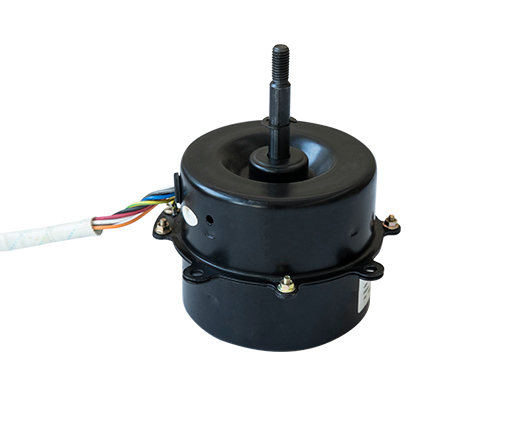When you have problems with your fan, you need to know […]
When you have problems with your fan, you need to know what to look for. A fan with a broken motor will cause the unit to stop working and can be very dangerous. To prevent this problem, you need to know how to recognize and repair fan motor problems. Here's a guide to fan motor repairs. It'll help you avoid making a costly mistake and will make the process of replacing the fan easier. We hope that this article helps you understand the different types of fan motors and the issues they cause.
Direct-driven fans are those that connect to the motor directly. They are commonly a 12 volt fan motor that can move about 800 cubic feet of air per minute or 400 liters per minute. The advantages of direct-drive fans include a low amount of horsepower loss and the ability to match the fan's BHP to the motor. Direct-drive fans can also be found in a variety of sizes. However, they may be more expensive than their counterparts.

Fans are essential parts of modern industrial plants, and fan motors are everywhere. Different types of fans have different requirements, depending on their use and function. For example, a fan for cooling needs to meet different requirements than one used in an air conditioning system. When choosing a fan motor, it's important to look for energy efficiency. Frequency-inverters can help reduce energy consumption and extend the life of the motor. A fan motor with a low frequency will last longer.
Proper maintenance is important for the longevity of a fan motor. When your motor begins to shut down, it's an indication that it has an electrical problem. If you do not take action soon, the problem may worsen over time. As a result, you need to replace your fan motor as soon as possible. A fan motor that is completely burnt out is impossible to repair. If you're not sure what to do, contact your HVAC company right away.
Ceiling fan motors come in two different types, AC and DC. AC fan motors use AC power from your home to operate their fans. The DC type regulates the frequency of the current, which results in less energy consumption and better reliability. DC ceiling fan motors are also smaller and quieter than AC models. DC fans tend to be more powerful, but AC fan motors cost less. A fan with a DC motor is an ideal choice for an energy-efficient ceiling fan.
Another common problem with fan motors is a faulty blower or condenser motor. If this happens, your cooling system will stop working and you won't be comfortable inside your home. Proper maintenance will help you avoid costly repairs down the road. Keep the fan motor clean and running properly to maintain its energy efficiency. A fan that is running smoothly is a happy motor. The proper maintenance of your condenser fan motors will extend the life of your outdoor unit.